Description Approx 1 hr 43 min. This video presents the lecture portion of a half-day tutorial. Case studies and a...
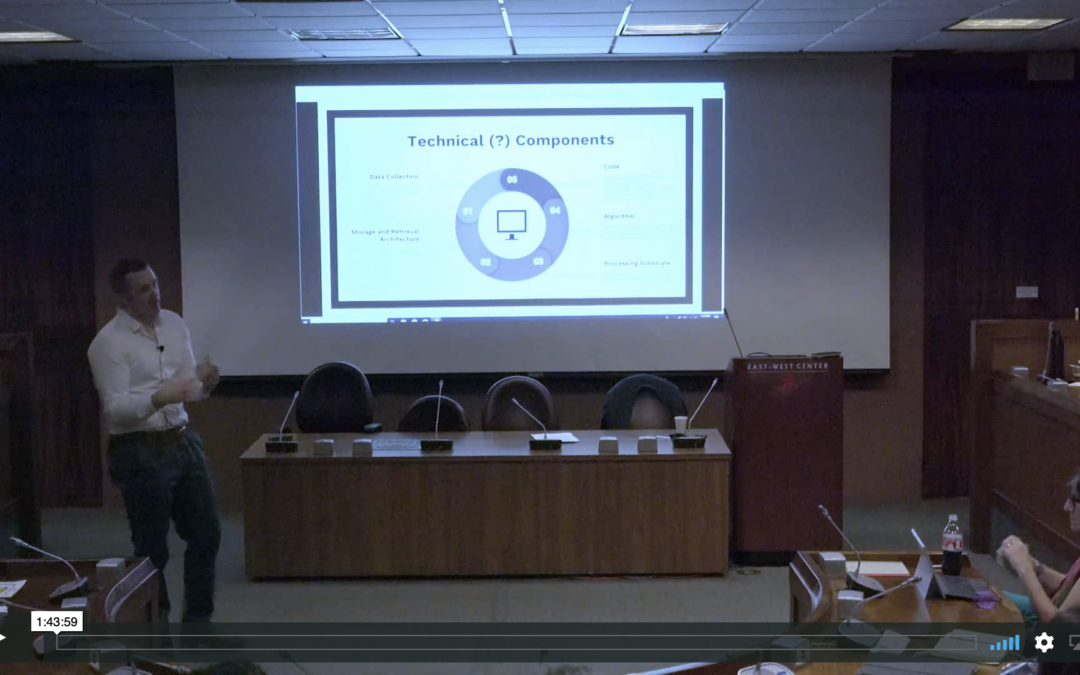

Description Approx 1 hr 43 min. This video presents the lecture portion of a half-day tutorial. Case studies and a...
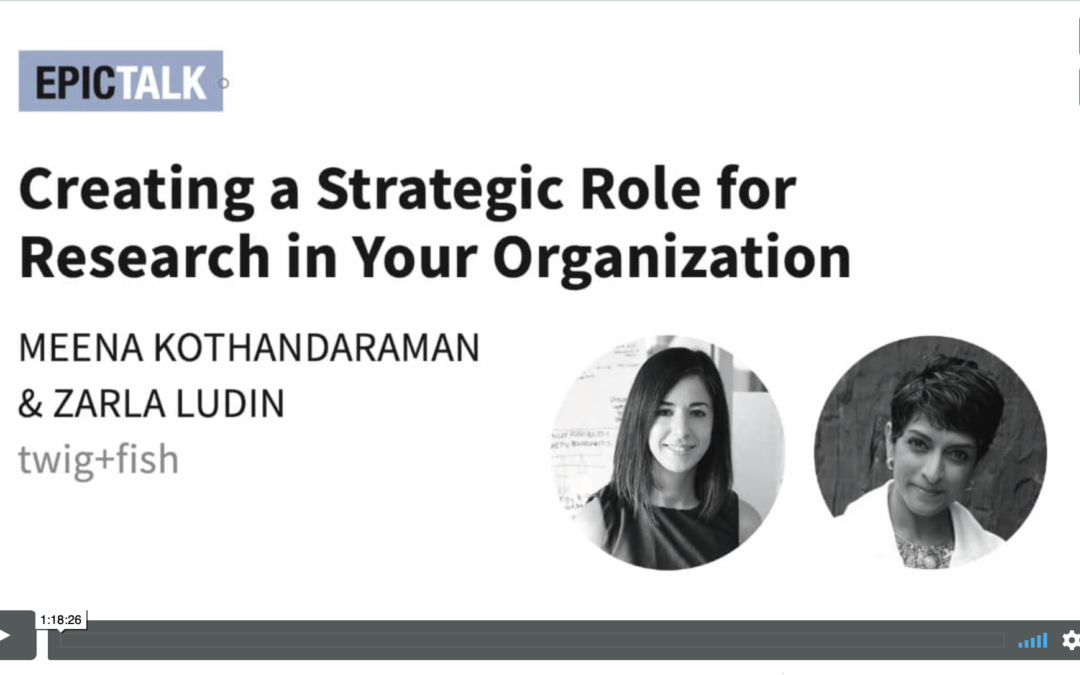
Approx 78 min Human-centered research practices embedded in business contexts have matured to a problematic inflection point. Called upon as a means of finding answers to human complexities, qualitative research...
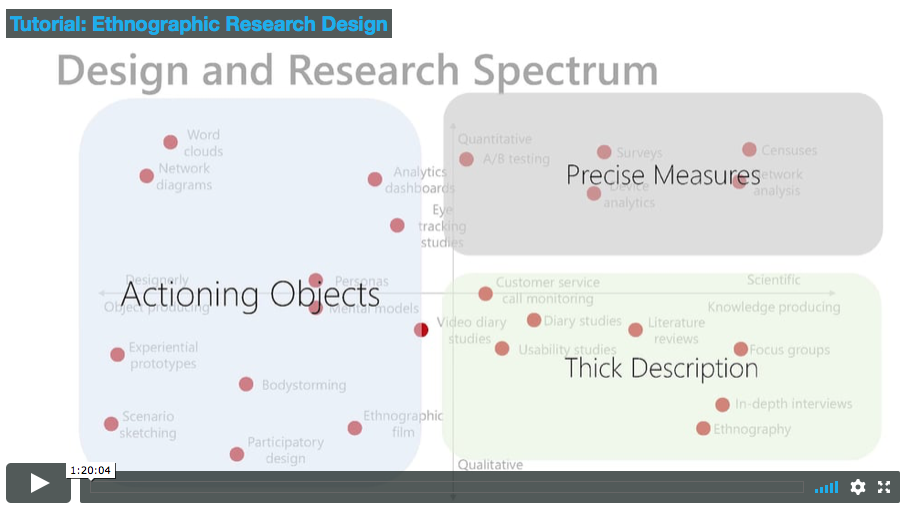
Ethnography is closely associated with the core qualitative methods of interviewing and observation. But ethnographers in business often work with a broad range of other methods, from video and diary studies to...
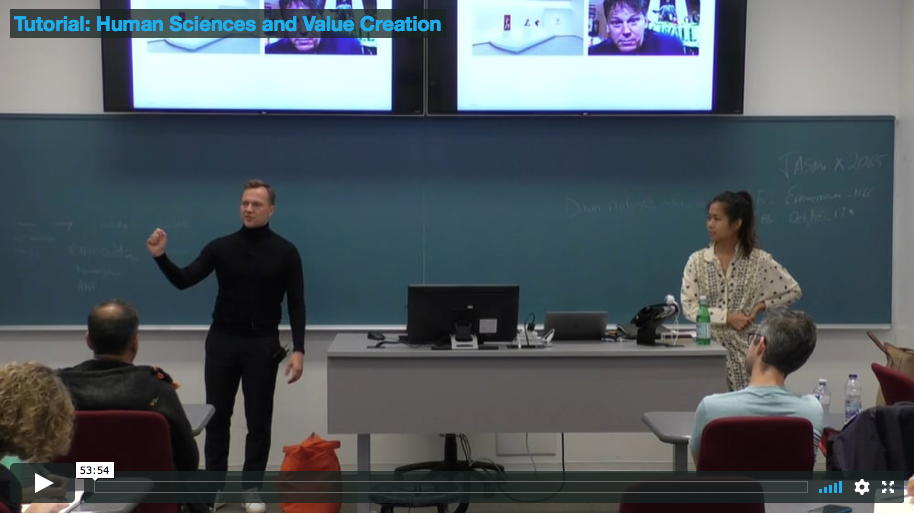
Overview Where do I find new sources of value in a heavily competed industry? How can I build more compelling value propositions with transformative potential? Integration of the human sciences into corporate...
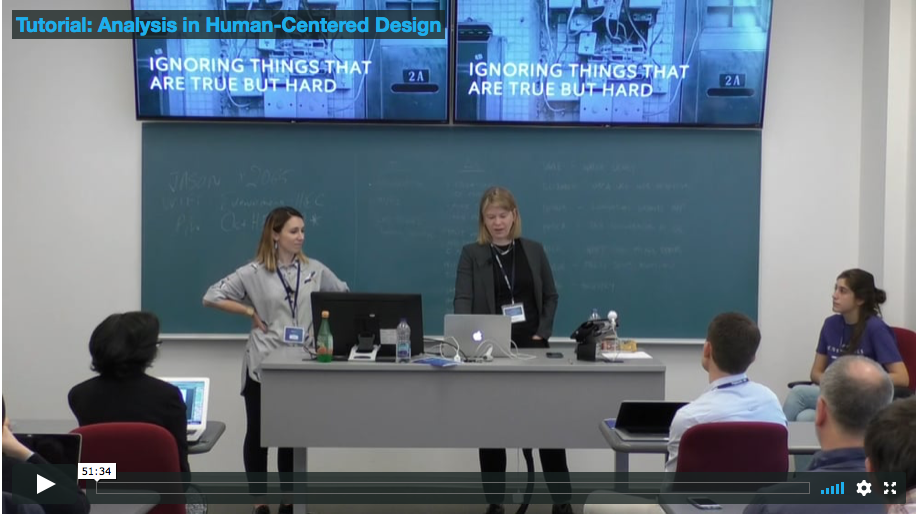
Overview This tutorial will give you a framework for understanding the important role of analysis in human-centered design and teach 4 key methods for practicing analysis. The framework proposes a model for...

Overview This tutorial offers a solid foundation in the art of observation as a field research method for human-centered design and innovation. An expanded, hands-on version of Mike Youngblood's popular EPIC...
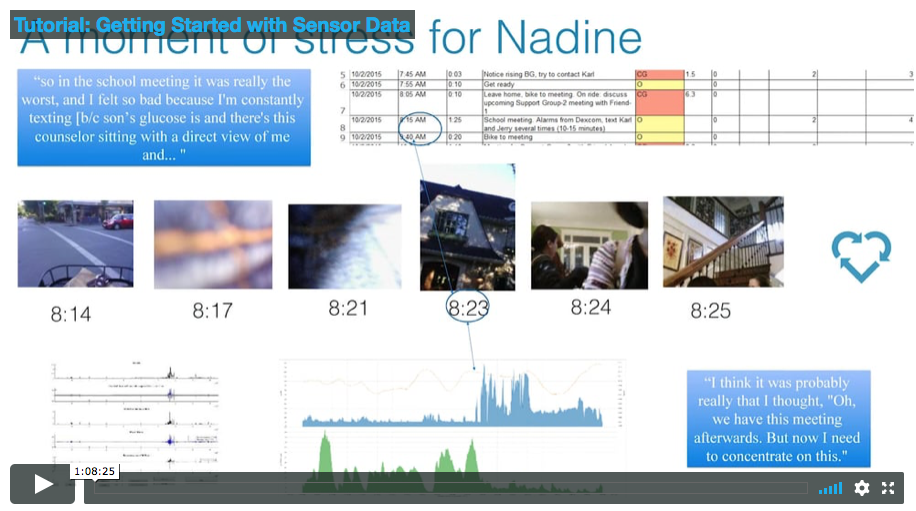
Overview Activity trackers, instrumented environments, and other kinds of electronic monitors offer new possibilities and new challenges for ethnographic research. They provide a trace of what goes on when the...
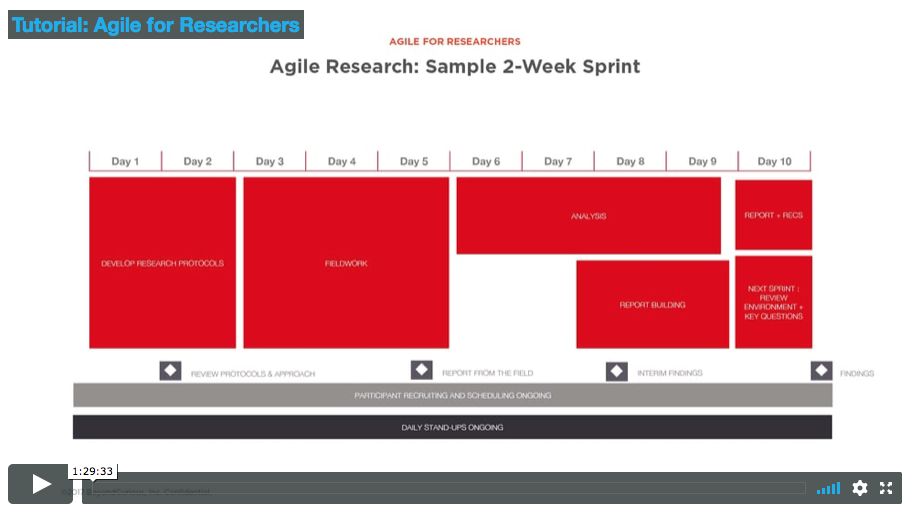
Overview Agile is taking the design world by storm, and requiring teams—including researchers—to rethink how we communicate, plan, and act. But is it possible, or even desirable, to apply agile methodologies to...
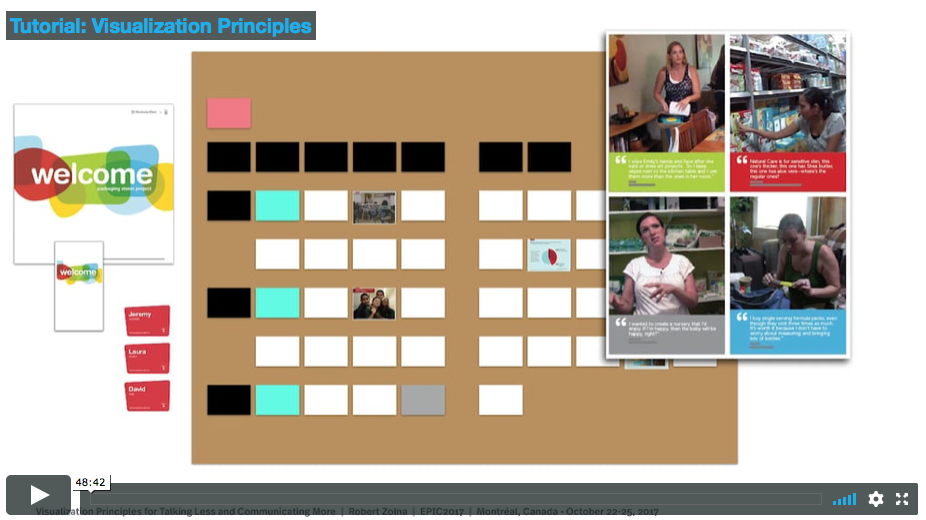
Overview A simple understanding of the principles of good information and visualization design can help in the presentation, comprehension, and socialization of your research insights and recommendations....
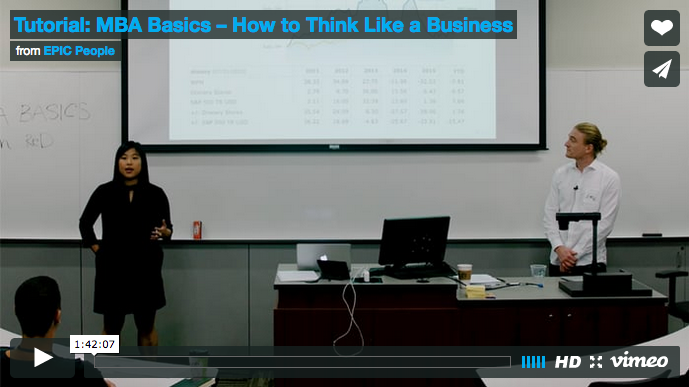
Tutorial Instructors: SUMMARY This tutorial will provide you with a foundational understanding of how businesses operate from financial, organizational, and strategic standpoints. However, rather than providing...